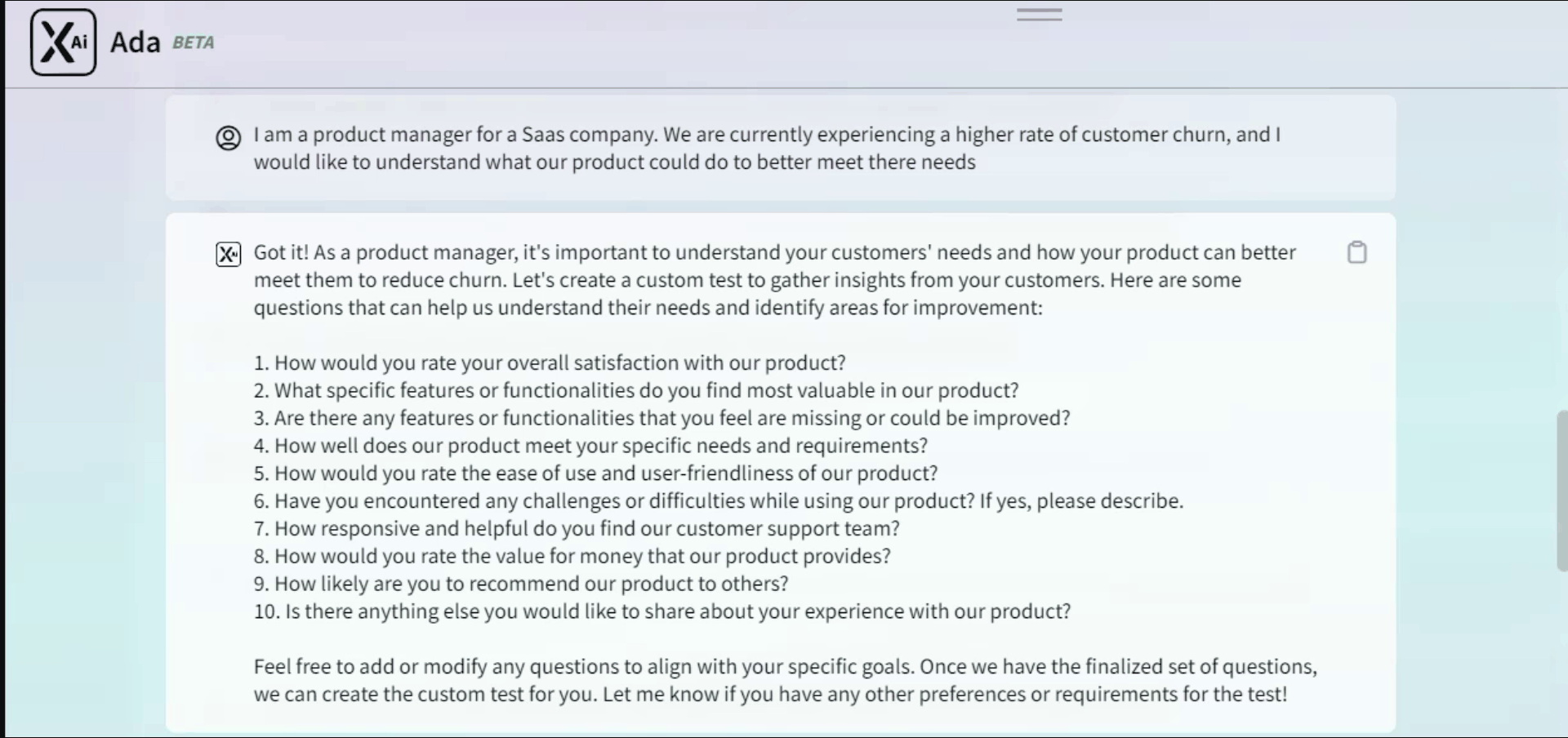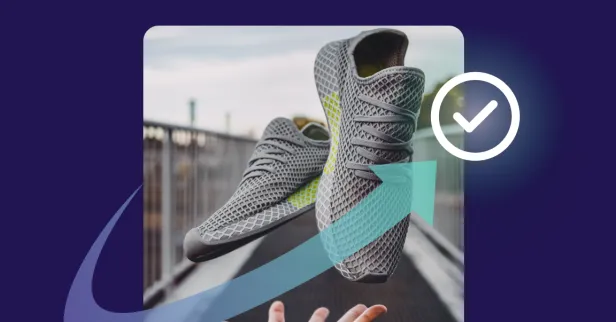Understanding the intricacies of shopper behavior is not just a theoretical exercise. It's a practical step retailers can take to better serve their customers and compete in their markets.
Effective shopper research equips you with invaluable insights into how consumers interact with products, navigate stores, and make purchasing decisions. With this knowledge, you can improve your merchandising strategies, optimize store layout, and drive more revenue.
Today, we'll look at the importance of shopper research, differentiate it from consumer research, and provide a comprehensive guide to conducting effective shopper research using various practical methodologies and tools.
What is Shopper Research?
Shopper research focuses on understanding shoppers' behavior, motivations, and decision-making processes in a retail environment. It involves studying how shoppers navigate stores, interact with products, and make purchasing decisions.
Shopper research can reveal insights about shopper's motivations, behaviors, and in-store experiences, ultimately helping companies:
![]() Understand how purchase behaviors are changing
Understand how purchase behaviors are changing![]() Identify the factors that influence purchasing decisions
Identify the factors that influence purchasing decisions![]() Understand how shopper preferences change over time
Understand how shopper preferences change over time![]() Market the right products to the right shoppers
Market the right products to the right shoppers![]() Make strategic decisions
Make strategic decisions![]() Adjust strategies based on shopper opinions and behaviors
Adjust strategies based on shopper opinions and behaviors
What is the difference between Shopper Research & Consumer Research?
As discussed above, shopper research studies shoppers' behavior and decision-making while they are in a retail environment. It primarily focuses on the path to purchase, in-store behavior, and factors influencing the final buying decision. For example, shopper research might reveal that customers are more likely to buy certain products when placed at eye level on the shelf.
On the other hand, consumer research encompasses a broader understanding of consumer behavior, including preferences, attitudes, and lifestyle choices. It covers the entire consumer journey, from awareness to post-purchase behavior, and is not limited to the shopping environment. For instance, consumer research might indicate that customers prefer eco-friendly products and are willing to pay a premium for them.
Goals of Shopper Research
The primary goals of shopper research include:
Understanding the Shopper's Path to Purchase
Identify key touchpoints and understand how shoppers move from awareness to consideration to purchase.
Identifying Factors Influencing In-Store Decision-Making
Determine what influences shoppers to make a purchase in-store and how factors like promotions, product placement, packaging, and displays affect their decisions.
Optimizing Store Layout and Product Placement
Use insights to design store layouts and product placements that enhance the shopping experience and drive sales.
Enhancing the Overall Shopping Experience
Create an enjoyable and efficient shopping environment that encourages repeat visits and customer loyalty.
Evaluating Marketing and Promotional Efforts
Assess the effectiveness of in-store marketing campaigns and promotional activities in driving shopper engagement and sales.
How to Conduct Shopper Insights Research
You can use various quantitative, observational, and qualitative methodologies to conduct shopper research. Here's a detailed breakdown of each approach:
Quantitative Market Research Methodologies
Surveys
Surveys are a versatile tool for gathering quantitative data on shopper preferences, behaviors, and attitudes. They can be conducted online, in-store, or via mobile devices, providing a broad range of insights. Surveys can include multiple-choice questions, ranking questions, maxdiff, Likert scales, and demographic queries to build a comprehensive profile of shopper behavior.
Example: A retailer might use surveys to assess customer satisfaction, identify preferred product features, or evaluate the effectiveness of in-store promotions.
Segmentation Studies
Segmentation studies divide the shopper population into distinct groups based on shared characteristics, such as demographics, buying behavior, or psychographics. This helps retailers tailor their marketing, merchandising, and store layout strategies to their highest revenue-generating segments.
Example: A supermarket chain might segment shoppers based on their purchasing frequency and product preferences to develop targeted marketing campaigns. Weekly shoppers might receive promotions on fresh produce and dairy, while occasional shoppers might be targeted with discounts on bulk items or non-perishable goods.
Shopper Path to Purchase Studies
These studies track the shopper's journey from initial awareness to the final purchase decision, identifying key touchpoints and factors influencing each stage of the process. Understanding this journey helps retailers optimize their marketing and sales strategies to align with shopper behavior.
Example: An electronics retailer might conduct a path to purchase study to understand how shoppers research products online, compare options in-store, and make their final buying decision. The insights might reveal that shoppers often read online reviews before visiting the store, suggesting a need to highlight reviews for shoppers while they are in-store.
Shelf Testing
Shelf testing evaluates how different product placements and displays impact shopper behavior and sales. You can do this through virtual simulations or in-store experiments to determine the most effective arrangements.
Example: A retailer might test various beverage endcap arrangements to determine which layout maximizes visibility and encourages impulse purchases.
Messaging Testing
Messaging testing assesses the effectiveness of different marketing messages and promotional materials in influencing shopper behavior and driving sales. By testing various messages, retailers can identify which resonates most with their core market.
Example: A beauty brand might test different taglines and promotional offers to see which resonates most with shoppers and leads to higher conversion rates. For example, comparing "Buy One, Get One Free" offers with "20% Off" promotions might reveal which incentive drives more sales.
Decision Trees
Decision trees map out shoppers' decision-making process, highlighting the key factors and criteria they consider when purchasing. This visual representation helps retailers understand and influence shopper decisions more effectively.
Example: A grocery store might use decision trees to understand the factors influencing shoppers' choice of organic versus non-organic products. Insights might reveal that price, health benefits, and brand reputation are the top factors guiding the store's pricing and promotional strategies.
Observational Methodologies
Product Performance
Observing how products perform in a real-world setting provides insights into shopper preferences, usage patterns, and purchasing factors. This method helps identify which products are popular and why.
Example: A clothing retailer might monitor how often different styles and sizes are tried on and purchased to optimize inventory and merchandising strategies.
Eye Tracking
Eye-tracking technology measures where shoppers look when navigating a store, showing you what captures their attention and how they interact with your layout. This data helps optimize product placements and promotional displays.
Example: A supermarket might use eye-tracking studies to optimize the placement of high-margin items and promotional displays to maximize visibility and sales.
In-Store Motion Detection
In-store motion detection uses sensors to track shopper movements and behavior within the store, providing data on traffic patterns, dwell times, and hot spots. This information is crucial for optimizing store layout and product placement.
Example: A big-box retailer might use motion detection to identify high-traffic areas and optimize product placement and store layout accordingly.
Qualitative Methodologies
Interviews
Interviews involve one-on-one conversations with shoppers to gather in-depth insights into their attitudes, motivations, and decision-making processes. This qualitative data provides a deeper understanding of shopper behavior.
Example: A home improvement store might interview shoppers to understand their needs and preferences when selecting tools and materials for DIY projects. Insights might reveal that shoppers prioritize durability and brand reputation over price, guiding product selection and marketing efforts.
Open-Ended Survey Questions
Using open-ended survey questions allows shoppers to provide detailed responses in their own words, offering richer insights into their thoughts and feelings. This method captures nuanced feedback that structured questions might miss.
Example: A pet supply store might ask open-ended questions about shoppers' experiences with different pet food brands to uncover pain points and preferences. Responses might highlight concerns about ingredient quality or packaging convenience, informing product selection improvements.
Review Analysis
Analyzing online reviews and customer feedback provides valuable insights into shopper satisfaction, product performance, and areas for improvement. This method leverages existing data to inform business strategies.
Example: An e-commerce retailer might analyze customer reviews to identify common themes and issues, informing product development and customer service strategies. For instance, frequent complaints about delivery times might prompt improvements in logistics and shipping processes.
Why are Shopper Insights so Valuable?
Shopper insights are invaluable for several reasons:
_Size=sm)_Color=Success.png) Informed Decision-Making
Informed Decision-Making
By understanding shopper behavior, retailers can make informed decisions about product placement, store layout, and marketing strategies to maximize sales and improve the shopping experience.
Personalization
Shopper insights enable retailers to tailor their offerings and marketing messages to meet their target audience's specific needs and preferences, leading to higher engagement and conversion rates. Personalization might include targeted promotions based on shopping history or personalized recommendations displayed on digital signage in the store.
Competitive Advantage
Businesses that leverage shopper research can gain a competitive edge by better aligning their strategies with shopper behavior and motivations, ultimately driving growth and profitability.
Enhanced Customer Experience
Understanding what shoppers value and how they navigate stores allows retailers to create a more enjoyable and efficient shopping experience, fostering customer loyalty and repeat business.
Shopper Research with SightX
SightX is an AI-driven platform that makes even the most advanced shopper research a breeze thanks to Generative AI.
While powerful enough for teams at Fortune 500 companies, our user-friendly interface makes it easy for anyone to start, optimize, and scale their own shopper research.
With our Generative AI consultant, Ada, you can harness the power GPT to build surveys and studies in seconds. And once your data is collected, Ada will analyze, summarize and report on your findings, picking out key insights in seconds and making recommendations on ways to apply the feedback to your concepts.

Curious? Let us show you how simple it can be to collect powerful shopper insights.
